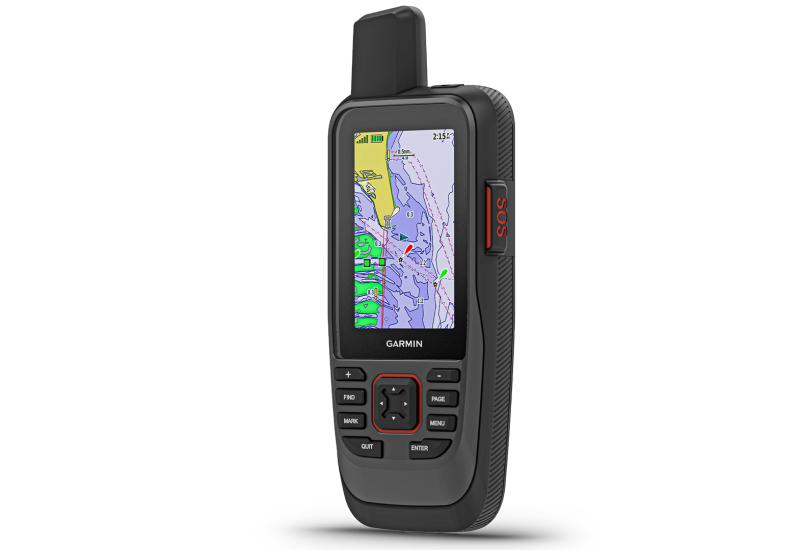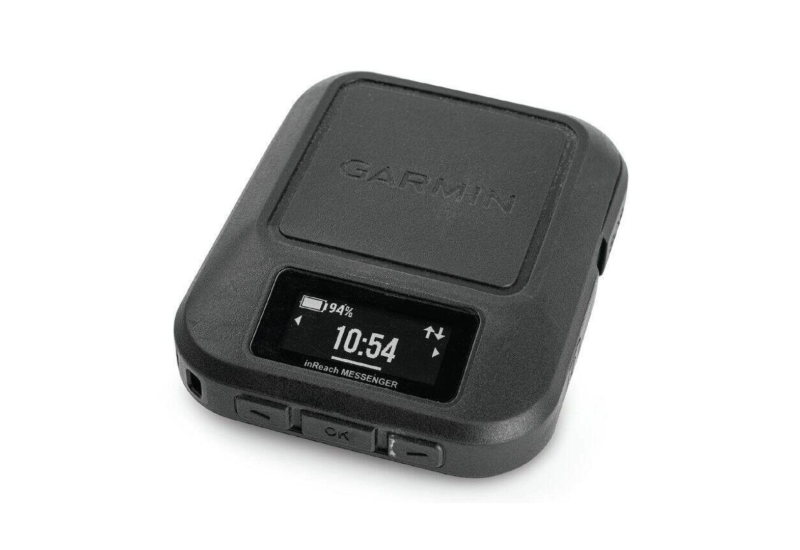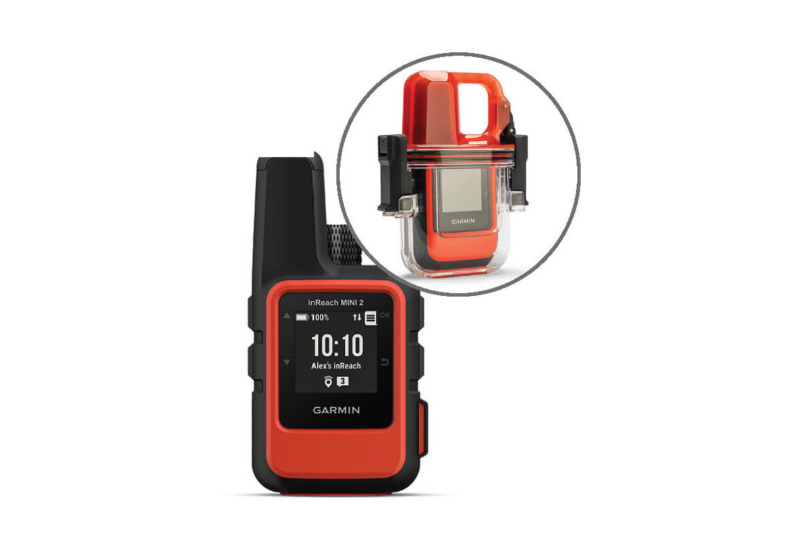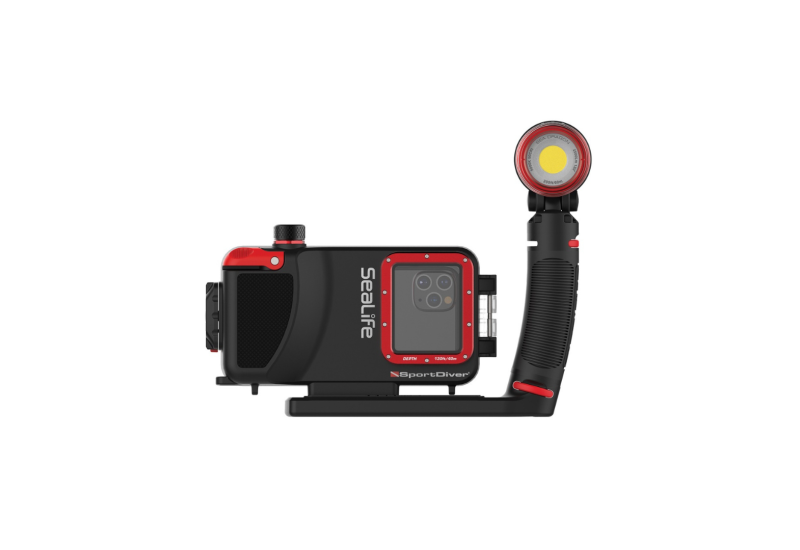Getting to Know Integrated-Weight Systems

Integrated weight system sidebar
Carrie Garcia
If you look around the local dive shop or watch divers out on a morning charter, there’s one thing you probably won’t see these days: a weight belt. It wasn’t that many years ago that all new dive students were forced to learn how to thread a belt with lead weights and do the “remove and replace” dance at the bottom of the pool. Those days are fast coming to an end, and we’d like to say good riddance! Today’s divers have a better option: integrated-weight systems.
The obvious advantages of integrated weight systems are the improved distribution of weight — eliminating the uncomfortable press of lead on hips and waist — and improved security by reducing the potential for inadvertant weight ditching and the risk of uncontrolled ascent. The most important consideration with integrated-weight systems is that weights can be released quickly with a single hand. There are several types of integrated-weight systems found on modern BCs, but we can break them into three general categories: mechanical, velcro and ripcord. Of the three, we encountered only mechanical and velcro on the BCs we tested, but we’ll briefly discuss the ripcord system, since it is still in use.
Mechanical
Simply put, mechanical integrated-weight systems are secured in place by a clip, normally made of high-strength plastics such as Delrin. When the clip is pressed, the weights will drop free on their own or must be pulled from the pocket and dropped. This is the most common type of system in use today because of the relatively secure connection of the clips and the long life of the materials. In our tests this year, we saw two types of mechanical weight systems: drop-down gravity-release pouches holding loose weights (such as those on the Cressi Start Pro), and ditchable pouches similar to the Aqua Lung SureLock II. The ditchable pouches are the most common system, but once you remove the pouches and release them in an emergency, they’re gone, and you would have to buy replacements. The drop-down system has the advantage of remaining with the BC once the weights are released.
Velcro
Once the preferred means of securing weight pouches in integrated BC systems, velcro has fallen into disfavor in recent years. To ditch weights secured with velcro, a tab or toggle is pulled to separate the velcro, and the pouch is pulled from the pocket and dropped. The principal drawback of using velcro is that it loses its strength over time, and it can be accidentally released if something brushes against the flap or catches the toggle. Some systems use a combination of velcro and a mechanical clip for greater security. In our group of test BCs, only the Tusa Voyager used a velcro-secured weight system. Tusa’s answer to the issue of security of the velcro attachment was to insert the weight pouches into a vertical oriented pocket instead of using the traditional horizontal orientation.
Ripcord
This is the system used by manufacturers such as Zeagle. A single “ripcord” line with a toggle at one end is woven into the bottoms of BC weight pouches normally loaded with loose weights. In the event of an emergency, the toggle is pulled, removing the cord from the bottom of the pouches and allowing the weight to drop freely. To use the BC following a weight ditch, the ripcord must be woven back into the base of the BC pouches. This system has the advantage of speed and ease of ditching, but some divers are uncomfortable with the possibility of losing all their weight with a single tug.
A final note on the poor weight belt of old. It hasn’t died, and it’s premature to say that it is no longer of use in recreational diving. Freedivers will be using belts for a long time to come, since they have few options to secure ballast, and those divers plying the colder depths using drysuits and thick wetsuits will likely need both integrated systems and weight belts to adequately meet their need for increased ballast.
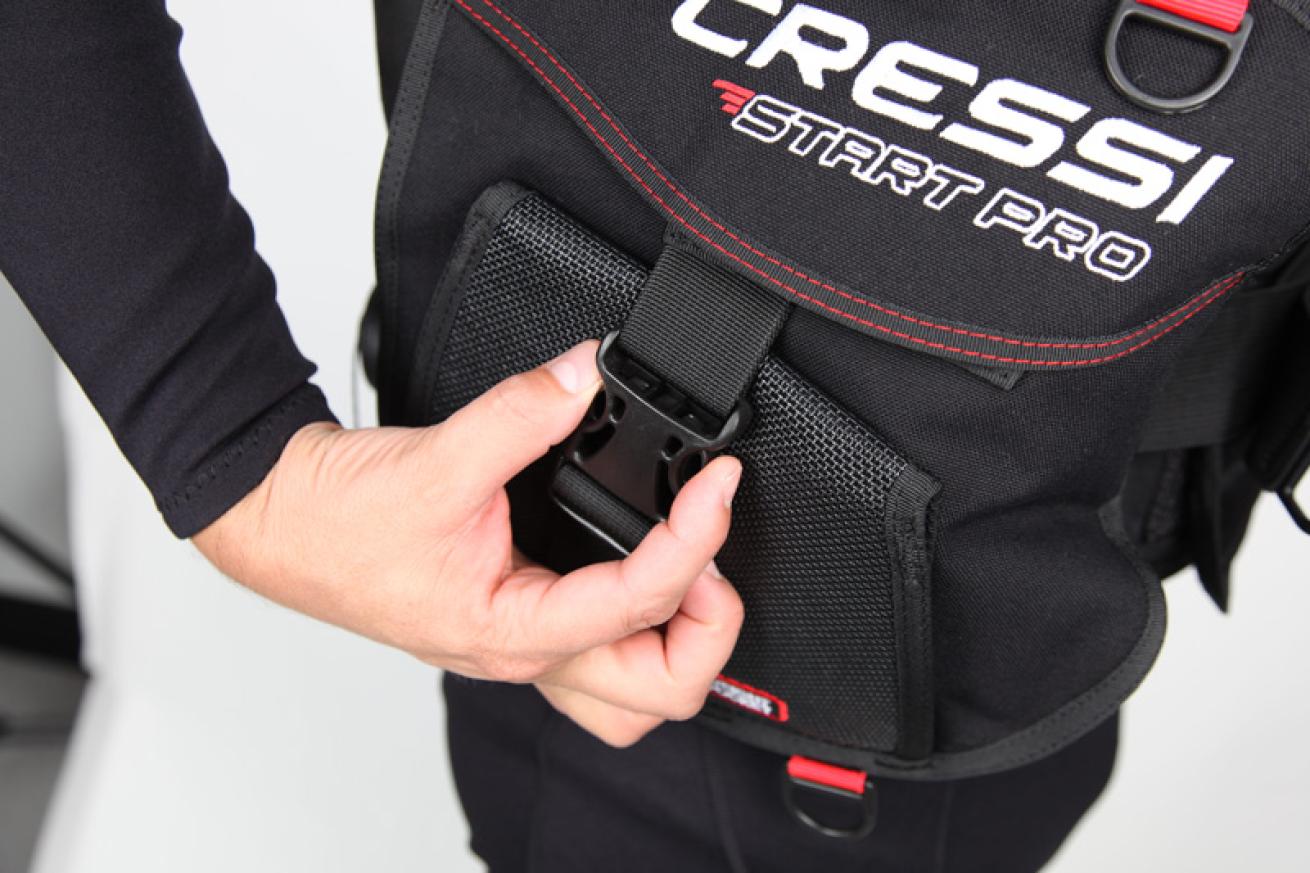
Carrie Garcia
If you look around the local dive shop or watch divers out on a morning charter, there’s one thing you probably won’t see these days: a weight belt. It wasn’t that many years ago that all new dive students were forced to learn how to thread a belt with lead weights and do the “remove and replace” dance at the bottom of the pool. Those days are fast coming to an end, and we’d like to say good riddance! Today’s divers have a better option: integrated-weight systems.
The obvious advantages of integrated weight systems are the improved distribution of weight — eliminating the uncomfortable press of lead on hips and waist — and improved security by reducing the potential for inadvertant weight ditching and the risk of uncontrolled ascent. The most important consideration with integrated-weight systems is that weights can be released quickly with a single hand. There are several types of integrated-weight systems found on modern BCs, but we can break them into three general categories: mechanical, velcro and ripcord. Of the three, we encountered only mechanical and velcro on the BCs we tested, but we’ll briefly discuss the ripcord system, since it is still in use.
Mechanical
Simply put, mechanical integrated-weight systems are secured in place by a clip, normally made of high-strength plastics such as Delrin. When the clip is pressed, the weights will drop free on their own or must be pulled from the pocket and dropped. This is the most common type of system in use today because of the relatively secure connection of the clips and the long life of the materials. In our tests this year, we saw two types of mechanical weight systems: drop-down gravity-release pouches holding loose weights (such as those on the Cressi Start Pro), and ditchable pouches similar to the Aqua Lung SureLock II. The ditchable pouches are the most common system, but once you remove the pouches and release them in an emergency, they’re gone, and you would have to buy replacements. The drop-down system has the advantage of remaining with the BC once the weights are released.
Velcro
Once the preferred means of securing weight pouches in integrated BC systems, velcro has fallen into disfavor in recent years. To ditch weights secured with velcro, a tab or toggle is pulled to separate the velcro, and the pouch is pulled from the pocket and dropped. The principal drawback of using velcro is that it loses its strength over time, and it can be accidentally released if something brushes against the flap or catches the toggle. Some systems use a combination of velcro and a mechanical clip for greater security. In our group of test BCs, only the Tusa Voyager used a velcro-secured weight system. Tusa’s answer to the issue of security of the velcro attachment was to insert the weight pouches into a vertical oriented pocket instead of using the traditional horizontal orientation.
Ripcord
This is the system used by manufacturers such as Zeagle. A single “ripcord” line with a toggle at one end is woven into the bottoms of BC weight pouches normally loaded with loose weights. In the event of an emergency, the toggle is pulled, removing the cord from the bottom of the pouches and allowing the weight to drop freely. To use the BC following a weight ditch, the ripcord must be woven back into the base of the BC pouches. This system has the advantage of speed and ease of ditching, but some divers are uncomfortable with the possibility of losing all their weight with a single tug.
A final note on the poor weight belt of old. It hasn’t died, and it’s premature to say that it is no longer of use in recreational diving. Freedivers will be using belts for a long time to come, since they have few options to secure ballast, and those divers plying the colder depths using drysuits and thick wetsuits will likely need both integrated systems and weight belts to adequately meet their need for increased ballast.

